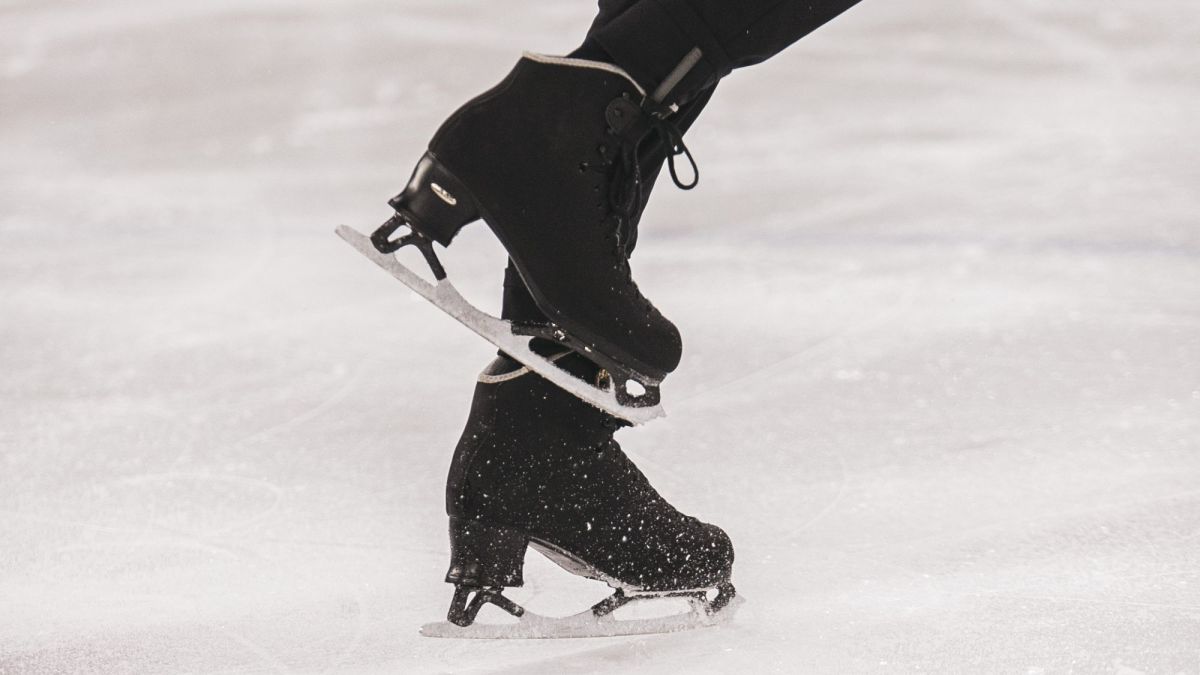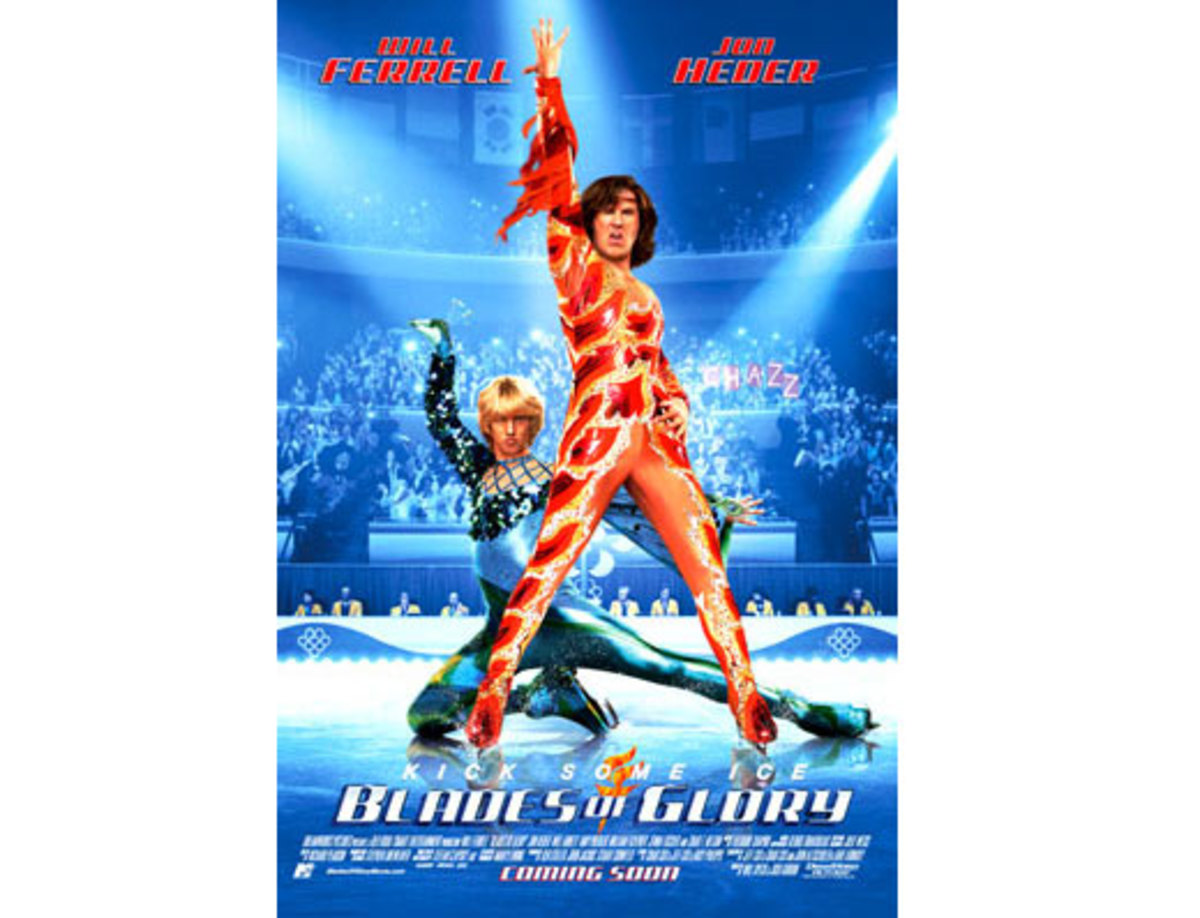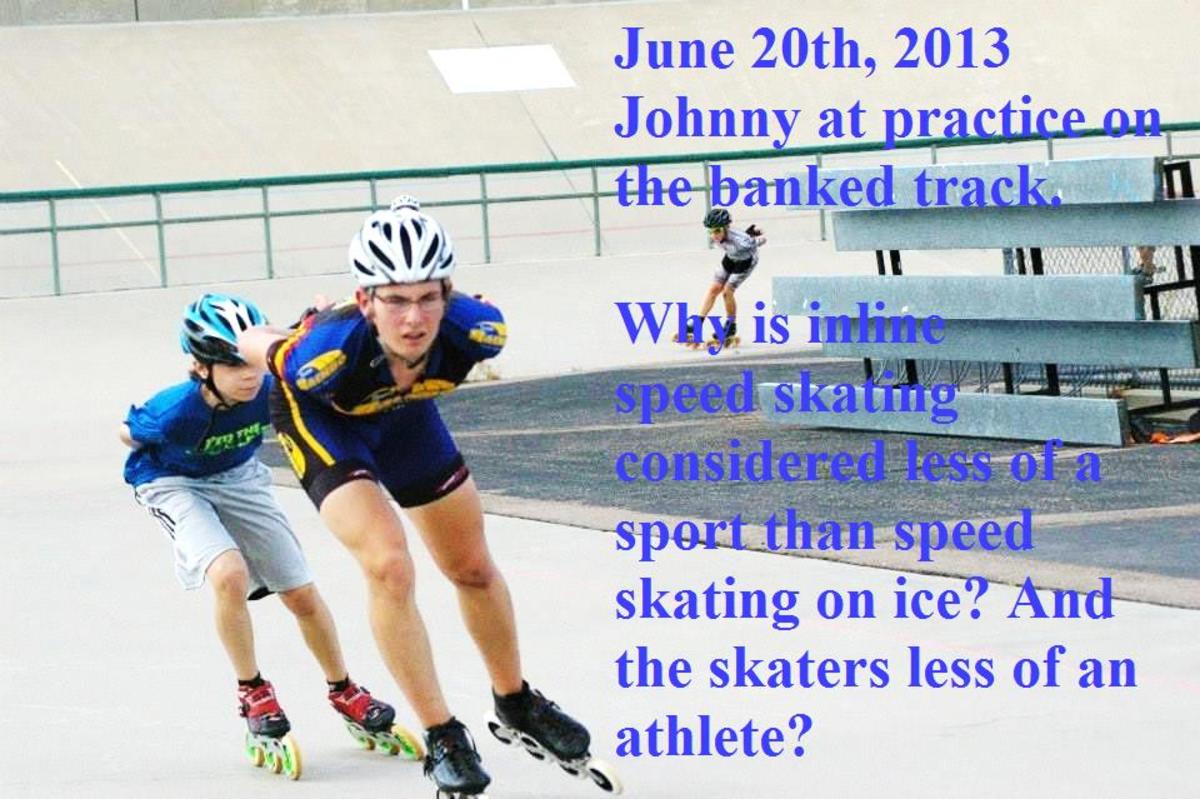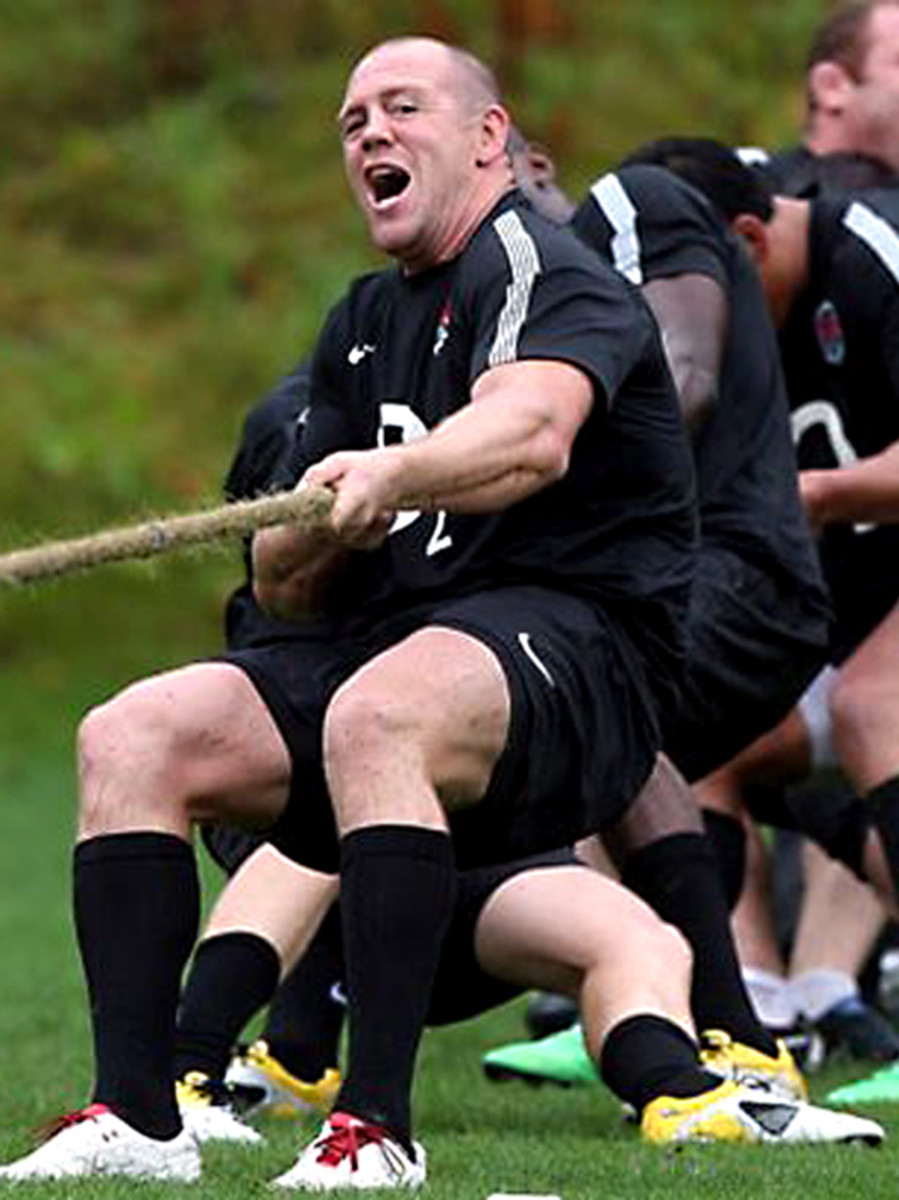Why no More Figures in Figure Skating?
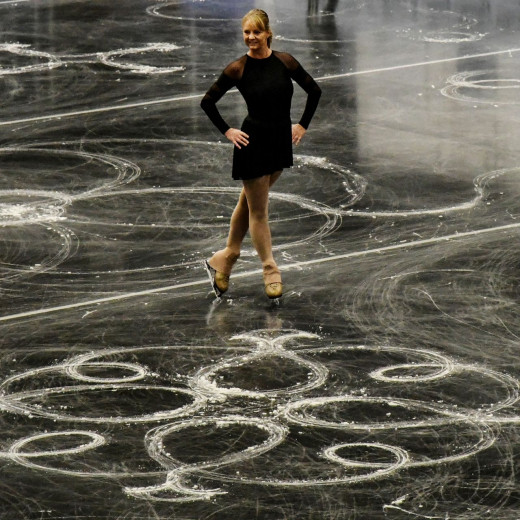
Transformation of Figure Skating
Figure skating is a sport of constant change. The transformation of figure skating has been so dramatic that some even question the validity of calling it figure skating. Since the term figure was referred to those geometric figures in compulsory competition in old days, one might as well wonder if it's time to change the name figure skating itself. Today, no skaters are required to do the old compulsory - where skaters would draw geometric figures on the ice and be judged over how well those figures were done. That figure skating was originally about skills of creating those figures on ice by using skate blades is an indicative of how revolutionary a transformation figure skating has experienced. The evolution of figure skating was as a result of a collective social changes due to cultural or technological progress, much indebted to skaters with extraordinary visions that made catalytic contributions to its evolution: Midori Ito with her one of a kind jumping ability opened an era of triple axel for female figure skating, Peggy Fleming as an accomplished athlete provided the sport with the ideal balance between compulsory and free skating, as a commentator presented aesthetic visions for the sport, and Katrina Witt sensationalized the world with her powerful jumps and charismatic performances. But as far as today's figure skating is concerned, no skater has ever left a greater impact than Janet Lynn, a five time American figure skater in the 1970s whose free skating led to the complete abandonment of compulsory.
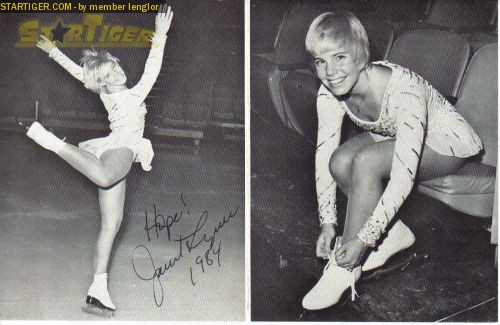
In Lynn's day, skaters were devoted to honing their compulsory skills, because it was usually compulsory, not free skating, that determined the winner of the day. But Lynn wasn't very good at it. Consequently, Lynn didn't win any international title as a result, and the audience who saw her live free skating were awed at her magical glow, and they were dismayed by the fact that Lynn who, had shown such great performance in free skating, ended up not winning the game, which enraged some viewers and spectators, and this led the ISU to respond by gradually reducing the portion of compulsory and eventually replace it with short program. This means that the figure skating as people had known it was transformed into a new one, if not outright pronounced dead. How could we still call it figure skating if the term figure literally refers to compulsory and there is no more figures in figure skating? In this regard, came no surprise that skaters and experts expressed their concerns about the course the ISU took when the complete abandonment of compulsory was announced, and were disinclined to accept the death of old tradition. This also points that figure skating as a sport needs to be redefined, if not reborn, as a free skating based competition without figures; free skating represents figure skating as a whole, being no longer an auxiliary to compulsory.
Janet Lynn in 1968
Eva Pawlik on Janet Lynn at 14
In this memorable footage, Janet Lynn at 14 appears deeply conscious of stability and balance in her skating. The extraordinary control she demonstrates here is only possible due to her rock solid stability she maintains throughout the program, which supports various shifts she is making from one posture to another. Here is a rare testimony on Lynn made by the 1948 Olympic runner-up Eva Pawlik. According to Pawlik, Lynn's greatness is her style, and Lynn, however, though only 14 years old, has already developed her artistic abilities almost completely, pointing how ease and effortlessness her skating looks.

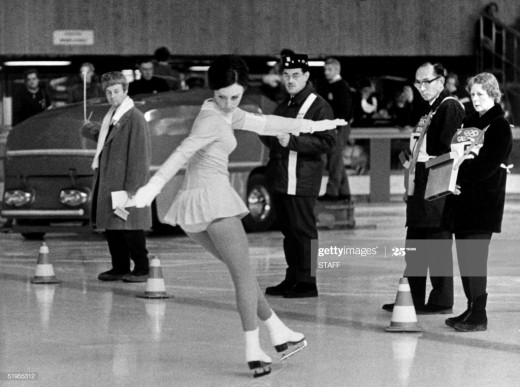
Peggy Fleming in the photo above was performing compulsory at a precarious posture balancing on her blade. As illustrated here, compulsory would give skaters a set of training of balance, transition, postures, etc. related to use of blades, which is critical for skaters to develop fundamental skating skills. However, as proved over the time, skaters with best compulsory skills were not necessarily best at free skating. A paradox that exists between the relation between compulsory and free skating seems a peculiar one. Originally, two segments, compulsory and free skating, consisted of a figure skating competition, and the two independent segments were regarded as complementary and correlative. But by the 1970s, compulsory quickly lost its ground to free skating. The original concept of figure skating began crumbling as compulsory was outweighed by free skating and became increasingly irrelevant as more people saw compulsory outmoded. What's the purpose of those geometric figures on the ice if that didn't move spectators? Do we still need some mechanical precision on ice? Does it matter whether or not skaters are able to precisely make figures on the ice while free skating becomes more sophisticated and eye-catching? A series of soul searching questions in the end put a stop to compulsory, and abandonment of compulsory means, whether like it or not, figure skating has to be redefined. Even if some may not like a new definition of the sport, one cannot deny that not drawing a geometric set of figures on the ice but invoking a set of metaphysical entities for artistic renderings has become a new goal of figure skating. After all, the old compulsory has proved nothing but a shadow, as people learned, of what is to come; compulsories are fundamental skills, not the goal, as a basic tool serving free skating.
Janet Lynn in 1969
Trixi Shuba in 1972
Trixi Schuba: Master Technician of Compulsory
Born in 1951, Trixi Schuba is an Austrian figure skater. She was a two time World Chapion, two time European Champion, six time Austrian National Champion and the 1972 Olympic Champion. As her many titles indicates, Schuba, considered to be one of the best compulsory figure skater of all time, was a dominating force in her time. But Schuba's success lopsidedly lies with her strength in compulsory. In the 1972 Winter Olympics at Sapporo, when she won gold, she defeated Janet Lynn quite easily. While Schuba took the 1st place in compulsory, Lynn took the 1st in free skating. Under the then scoring system that placed more weight on the compulsory, Schuba was a decisive winner. Simply Lynn wasn't her match; Lynn wasn't cut out for compulsory. Trixi Shuba, a great champion in compulsory era, was a name to remember. Rightfully so. Each time Schuba competed with Lynn, Schuba came out victorious. But if you look at her free skating, you will see plainly how inferior Shuba's skating was to Lynn's. From today's perspective, Lynn was a skater with technical mastery while Shuba a skater of nearly junior level.

Yuna Kim's Les Miserables in 2013
Revival of Legacy
Yuna Kim never learned compulsory. No need in today's figure skating. What links Kim to Lynn's legacy is Kim's contribution to the quality of free skating she has demonstrated during her competitive career. Today's figure skating is, featured with triple jumps, technically much higher than previous generations; in the 1970s, most jumps attempted were doubles, and from the 1980s, skaters began to throw triples, but the quality of triple jumps were at large poor, and remains to be desired even today as most skaters are struggling to land jumps without mistakes. Besides they afford little room for details of other elements or transition between them, which makes it even more difficult to present figure skating as a comprehensive and holistic work of art. This bleak prospect of figure skating in triple era was fairly countered by none other than Yuna Kim. Kim's graceful flow, technical control, and musical interpretation are all the exact reminiscent of Lynn's free skating, the quintessential part of figure skating.



